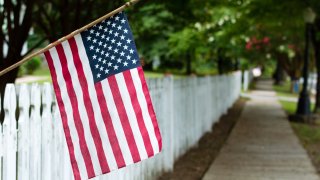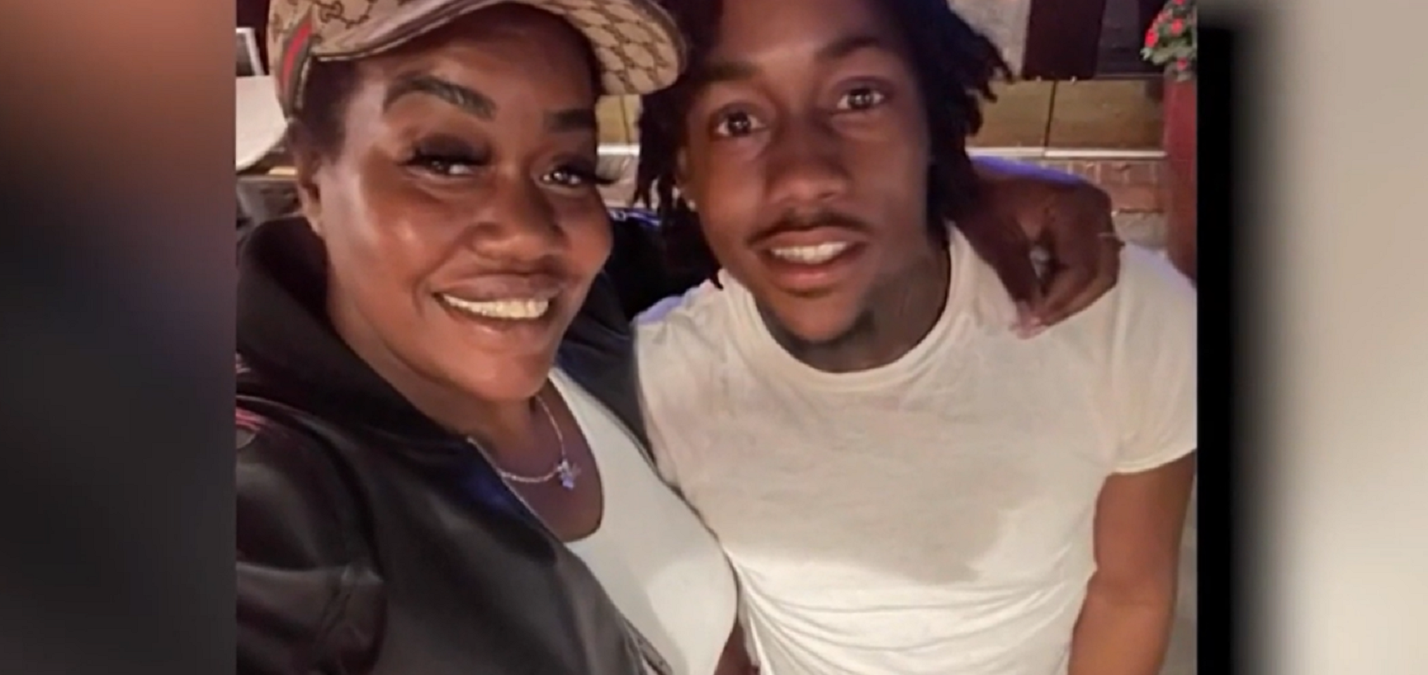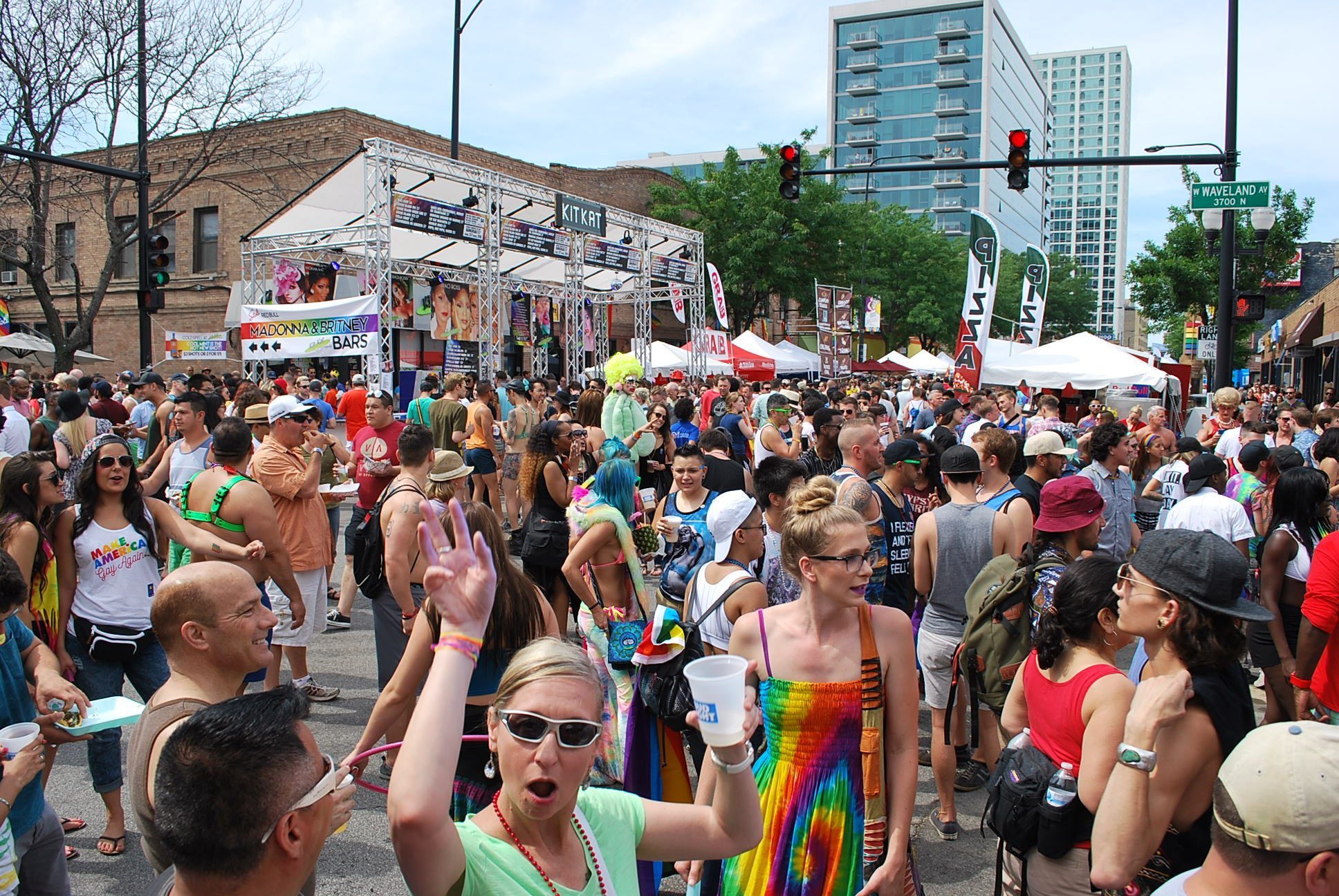
It's officially time to celebrate Labor Day weekend for all workers in America.
Always observed on the first Monday in September, Labor Day celebrates the social and economic achievements of workers in the U.S., according to the Department of Labor.
The first Labor Day celebration was in 1882 in New York City, though it became an official federal holiday across the country in 1894 under President Grover Cleveland, officials noted.
Here are are some quick facts you may not have known about the holiday, according to the Department of Labor:
Feeling out of the loop? We'll catch you up on the Chicago news you need to know. Sign up for the weekly Chicago Catch-Up newsletter here.
The First Labor Day Was Filled With 'Chaos and Kegs'
Police were concerned of a riot breaking out amid the first major Labor Day parade in Manhattan in 1882, so a large police presence reportedly covered the area. To start, however, almost no one was there to march and there was no music.
Those few marchers began just as 200 people arrived from the Jeweler's Union. By the end of the parade, 20,000 people were marching.
Local
After the parade, the marchers and their families arrived at Reservoir Park for the big celebration, which reportedly included speeches, a picnic, plenty of cigars and "Lager beer kegs... mounted in every conceivable place."
The Department of Labor Was Created After the First Labor Day
The Department of Labor was created nearly 20 years after Americans celebrated the first Labor Day became an official U.S. holiday in 1894.
Women Took Hold of the Labor Department From the Start
The Labor Department was the first Cabinet agency led by a woman, with six women holding the title since. Frances Perkins was the first to lead, followed by women like Elaine Chao, Hilda Solis, Alexis Herman and Elizabeth Dole.
Do You Wear Pants to Work as a Woman? You Can Thank the Department of Labor For That
Many women employees in the Department of Labor were among the first to start wearing pants to work, normalizing the fashion statement for female workers across all federal agencies.
The Department of Labor Fought For the Weekend
The Department of Labor enforced the law that created the 40-hour workweek in the U.S., which clearly defined work hours and minimum wage.
Both the 40-hour workweek and minimum wage became law with the passage of the Fair Labor Standards Act in 1938.



